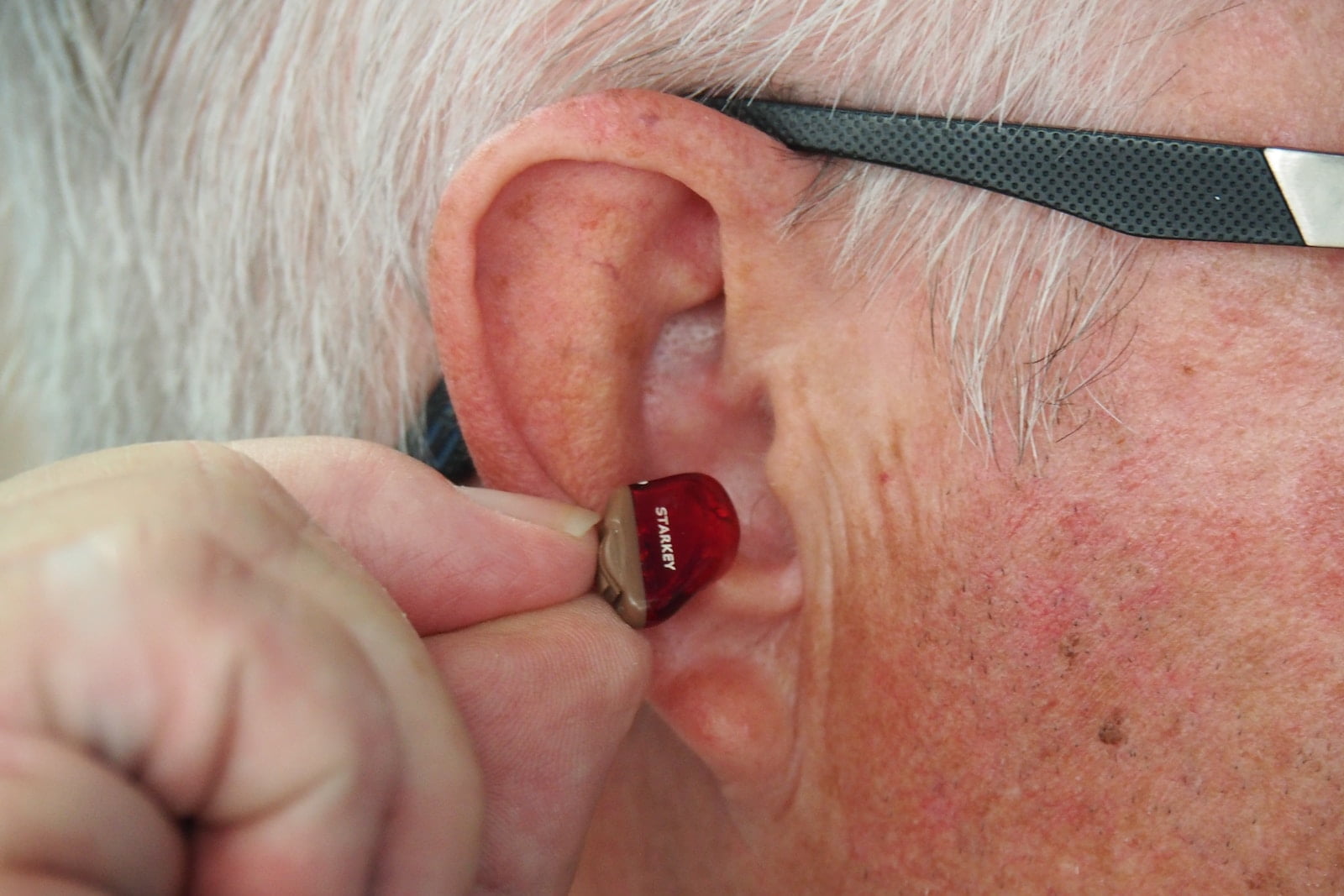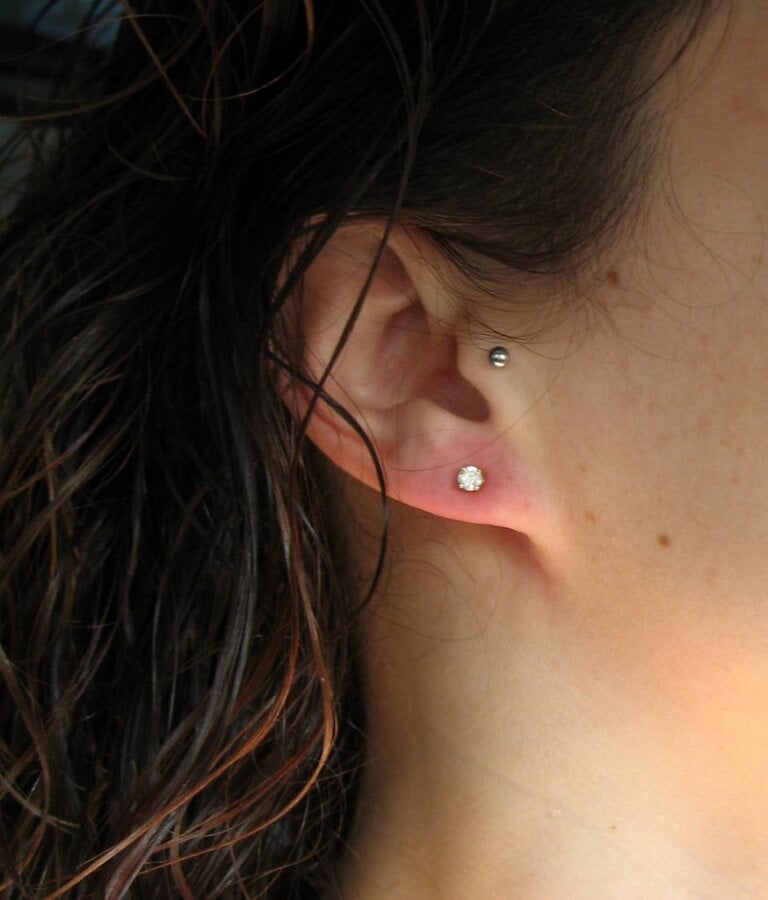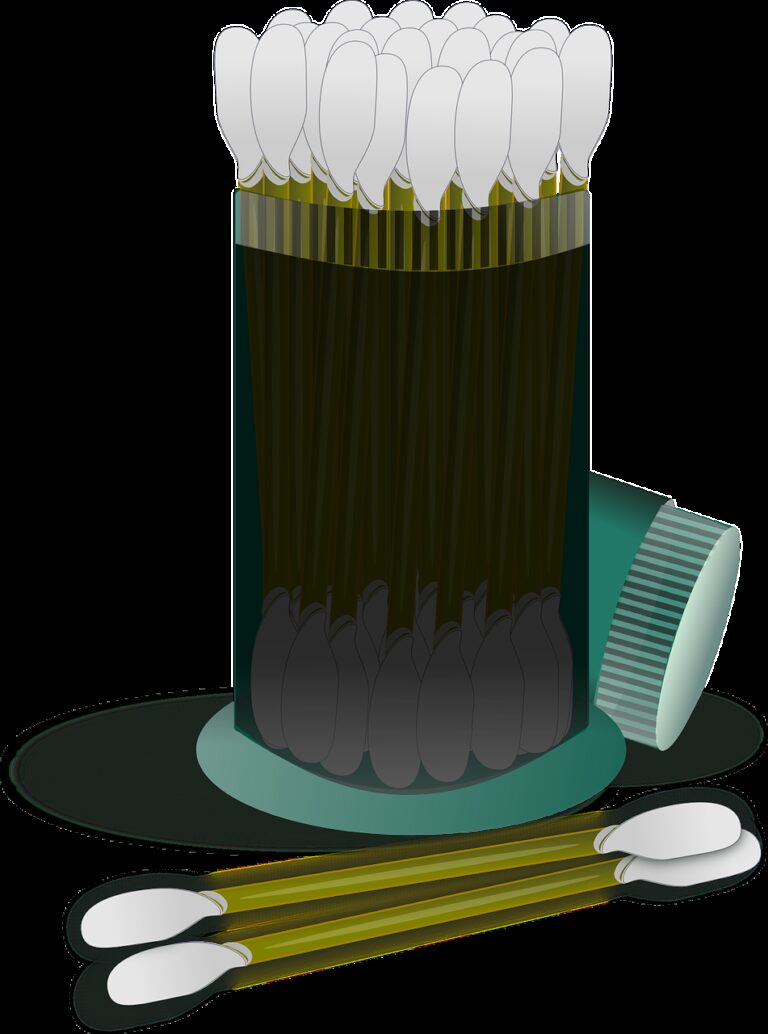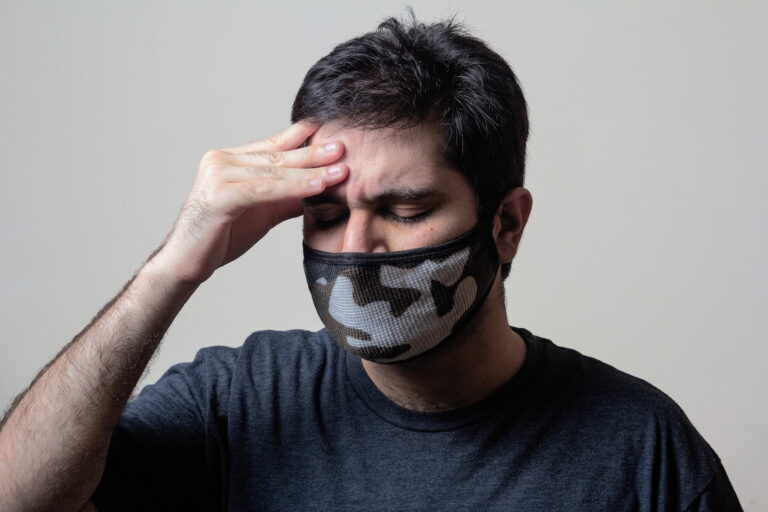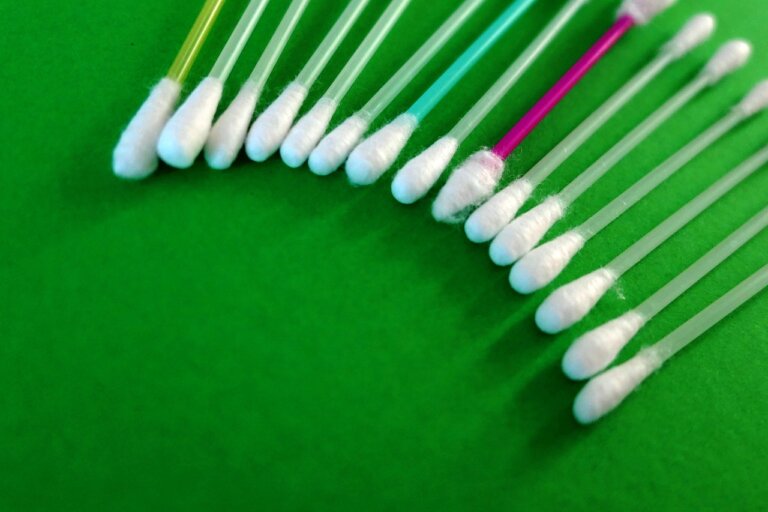Clearing the Path: Techniques and Strategies for Safe and Effective Ear Wax Removal
Last Updated on 25th April 2024 by Admin
Ear wax, also known as cerumen, is a natural substance produced by glands in the ear canal. Its purpose is to trap dust and other foreign particles, preventing them from reaching the delicate structures of the inner ear. However, excessive ear wax buildup can lead to discomfort, hearing loss, and even ear infections. In such cases, it becomes necessary to remove the ear wax safely and effectively. In this article, we will discuss various techniques and strategies for clearing ear wax, ensuring the health and well-being of your ears.
Understanding Ear Wax
Before delving into the techniques for ear wax removal, it’s important to understand the nature of ear wax and its functions. Ear wax is typically a combination of dead skin cells, hair, and secretions from glands in the ear canal. Its consistency varies from person to person, ranging from soft and sticky to dry and brittle.
Ear wax lubrication and protection: Ear wax plays a crucial role in protecting the ear canal and eardrum. It acts as a natural lubricant, preventing the skin from drying out and reducing the risk of itching and irritation. Additionally, it traps dirt, dust, and bacteria, preventing them from reaching the sensitive structures of the inner ear.
Self-cleaning mechanism: The ear is designed to clean itself, and in many instances, the ear wax will gradually migrate out of the ear canal on its own. The movement of the jaw during talking or chewing helps in this process. However, some individuals may produce excessive ear wax or have difficulties in the natural clearance process, leading to a buildup.
Signs of Excessive Ear Wax
While ear wax is essential for ear health, an excessive buildup can cause discomfort and affect hearing. Some common signs of excessive ear wax include:
- Earache or pain: Excessive ear wax can cause pressure and pain in the ear, leading to discomfort.
- Partial hearing loss or muffled sounds: When ear wax accumulates and blocks the ear canal, it can interfere with sound conduction, resulting in reduced hearing.
- Tinnitus (ringing or buzzing in the ear): A buildup of ear wax can cause tinnitus, a condition characterized by ringing or buzzing sounds in the ear.
- Itching or irritation in the ear: Excessive ear wax can lead to itching and irritation in the ear canal.
- Dizziness or a sensation of fullness in the ear: When ear wax blocks the ear canal, it can affect the balance mechanisms, leading to dizziness or a feeling of fullness in the ear.
If you experience any of these symptoms, it may be an indication that your ear wax needs to be cleared. However, it is crucial to approach ear wax removal with caution to avoid causing any damage to the ear canal or eardrum.
Safe Techniques for Ear Wax Removal
-
Do Nothing: In some cases, the best approach to dealing with excessive ear wax is to do nothing and let the body’s natural mechanisms take care of it. The ear is designed to clean itself, and in many instances, the ear wax will gradually migrate out of the ear canal on its own. However, if you experience symptoms that persist or worsen, it’s essential to seek professional advice.
-
Ear Drops: Over-the-counter ear drops can be used to soften the ear wax, making it easier to remove. These drops typically contain a safe and gentle solution, such as mineral oil or hydrogen peroxide. Follow the instructions provided with the ear drops carefully and consult a healthcare professional if you have any concerns.
-
Irrigation: Syringing or irrigation is a common technique used by healthcare professionals to remove ear wax. It involves gently flushing the ear canal with warm water or a saline solution to dislodge and remove the wax. This procedure is not recommended for individuals with a history of ear infections, perforated eardrums, or recent ear surgery.
-
Manual Removal: In certain cases, manual removal of ear wax may be necessary. This should only be done by a trained healthcare professional using specialized instruments and under proper illumination. Attempting to remove ear wax manually at home using cotton swabs or other objects can lead to injury or further blockage, and should be avoided.
It is important to note that self-attempted manual removal techniques without proper training and equipment can be risky. It is always best to seek professional help for safe and effective ear wax removal.
Tips and Precautions for Safe Ear Wax Removal
While the techniques mentioned above can be effective, it is crucial to practice caution and follow these tips to ensure safe ear wax removal:
-
Avoid inserting objects: Never insert cotton swabs, bobby pins, or any other objects into your ears. This can push the wax deeper into the ear canal, potentially causing damage or impacting the wax.
-
Consult a healthcare professional: If you are experiencing significant discomfort or have a history of ear problems, it is advisable to consult a healthcare professional. They can perform a thorough examination and recommend the most appropriate method of ear wax removal for your specific situation.
-
Follow instructions: Whether using ear drops or attempting irrigation at home, carefully read and follow the instructions provided. Overusing ear drops or using excessive force during irrigation can lead to complications and should be avoided.
-
Avoid excessive cleaning: Regular cleaning of the outer ear with a washcloth is sufficient to maintain ear hygiene. Avoid using cotton swabs or other objects to clean inside the ear canal, as this can disrupt the natural self-cleaning process and increase the risk of wax buildup.
-
Be aware of underlying conditions: Certain medical conditions, such as a narrow ear canal or recurring ear infections, can increase the likelihood of ear wax accumulation. If you have a history of such conditions, it is essential to be extra vigilant and seek professional advice when necessary.
In conclusion, ear wax removal should be approached with caution and done safely to prevent any complications. While some methods can be performed at home, it is always advisable to consult a healthcare professional for guidance and expertise. By understanding the nature of ear wax, recognizing the signs of excessive buildup, and following safe techniques, you can maintain optimal ear health and ensure clear pathways for sound and communication.
FAQ
Q: What is ear wax and what is its purpose?
A: Ear wax, also known as cerumen, is a natural substance produced by glands in the ear canal. It serves the purpose of trapping dust and other foreign particles, preventing them from reaching the delicate structures of the inner ear. Additionally, it acts as a lubricant and protects the ear canal from drying out.
Q: What are the signs of excessive ear wax buildup?
A: Signs of excessive ear wax buildup include earache or pain, partial hearing loss or muffled sounds, tinnitus (ringing or buzzing in the ear), itching or irritation in the ear, and dizziness or a sensation of fullness in the ear.
Q: What are some safe techniques for ear wax removal?
A: Safe techniques for ear wax removal include doing nothing and letting the body’s natural mechanisms take care of it, using over-the-counter ear drops to soften the wax, irrigation by healthcare professionals to flush out the wax, and manual removal by trained professionals using specialized instruments.
Q: What precautions should be taken for safe ear wax removal?
A: To ensure safe ear wax removal, it is important to avoid inserting objects into the ears, consult a healthcare professional if experiencing significant discomfort or have a history of ear problems, follow instructions carefully when using ear drops or attempting irrigation, avoid excessive cleaning of the ear canal, and be aware of underlying conditions that may increase the risk of ear wax accumulation.

